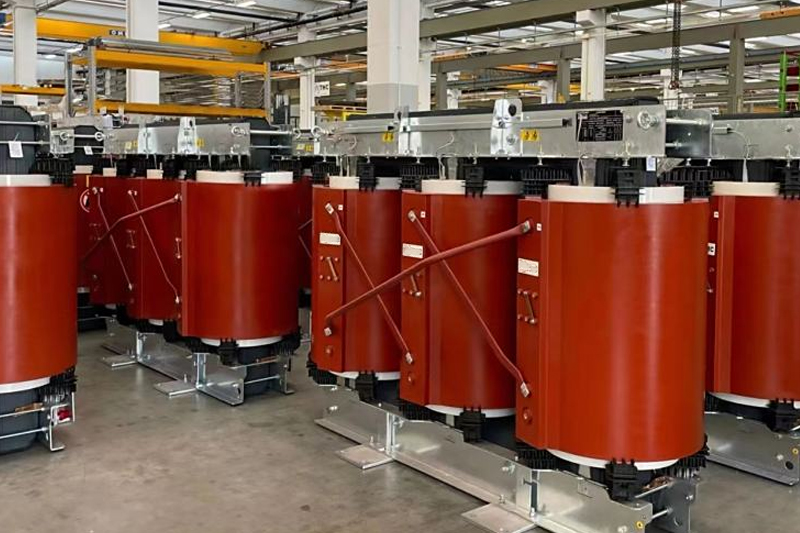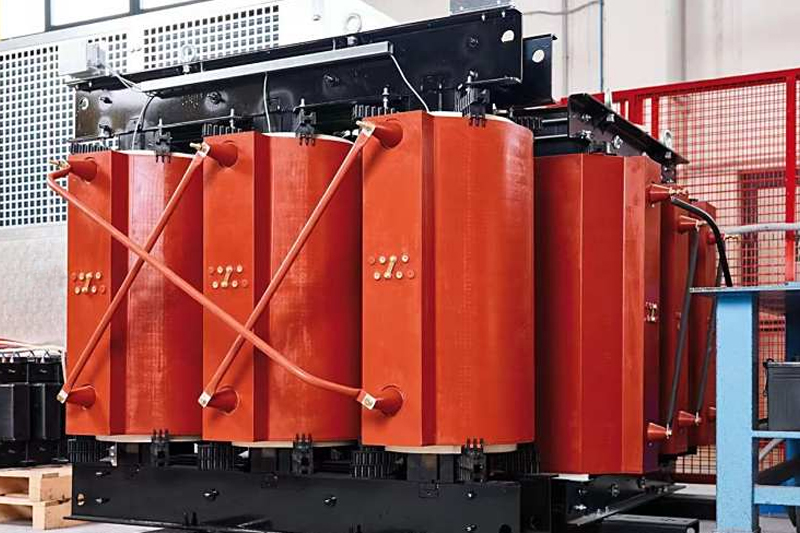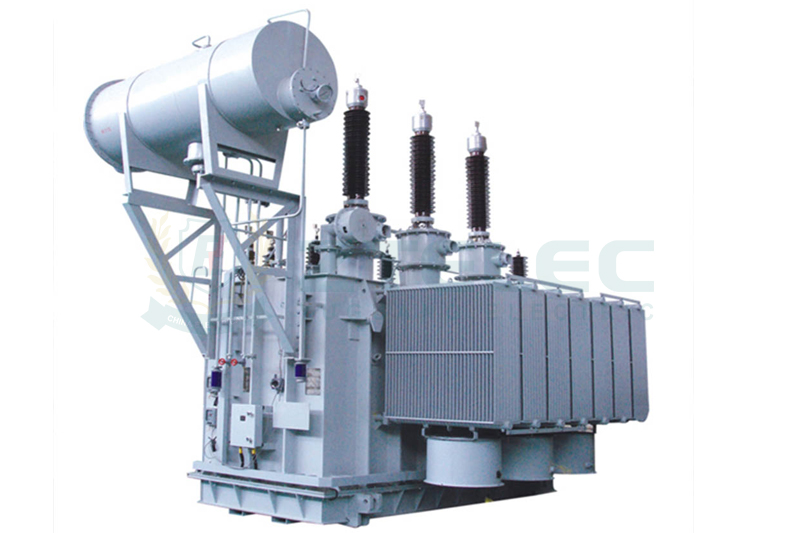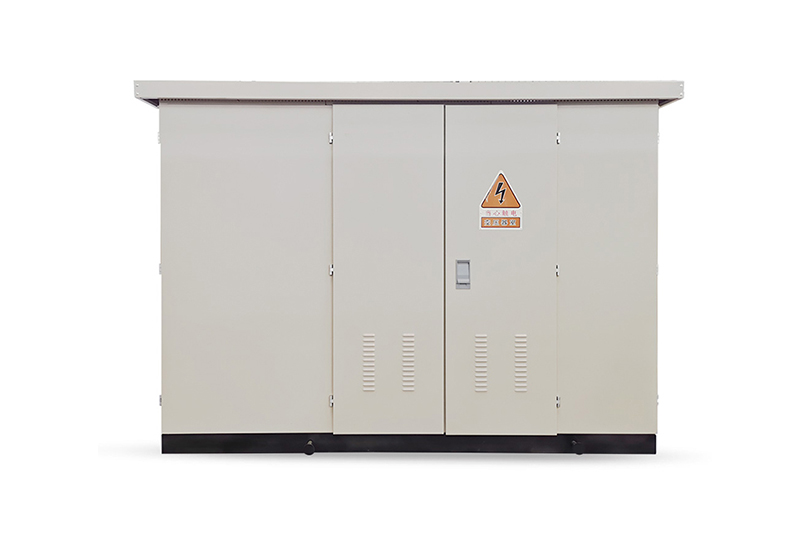Examples of Dry-Type Transformer Applications in Transportation Infrastructure
Time:2025-07-31 Auther:ZTelec-www.ztelectransformer.com
Dry-type transformers, known for their oil-free insulation, high safety, low noise, and energy efficiency, have become indispensable components in modern transportation infrastructure. Their wide adoption spans across urban rail transit, high-speed railway hubs, new energy vehicle charging systems, airports, and ports. These transformers serve as core power conversion equipment, ensuring stable, efficient, and secure energy supply in complex and demanding environments.

Urban Rail Transit
Urban rail systems use centralized power supply structures, where high-voltage electricity (typically 110kV) is stepped down to 33kV at the main substation. Dry-type transformers then further convert this to 380V AC for lighting and 1500V DC for traction power in step-down or traction substations.
In step-down substations, 33kV/0.4kV epoxy resin cast dry-type transformers are used to supply lighting, ventilation, and auxiliary systems. In traction-step-down hybrid substations, dry-type rectifier transformers convert AC power into DC to energize subway trains.
Key advantages in urban rail transit include exceptional fire safety, vital for underground installations; resistance to temperature, humidity, and vibration; and minimal maintenance needs, helping reduce operational costs.
High-Speed Rail and Railway Hubs
Dry-type transformers are critical in both traction power systems and auxiliary facility power distribution. Traction substations step down voltages such as 110kV to 27.5kV to power overhead catenary systems, ensuring reliable electricity for high-speed trains. They also supply low-voltage power to station facilities, including lighting, waiting halls, and control centers.
Thanks to their sealed construction, dry-type transformers offer maintenance-free performance, especially beneficial in remote substations. Their epoxy-encased coils provide excellent vibration resistance, ideal for environments with constant train movement.

New Energy Transportation Infrastructure
The rise of electric mobility has accelerated the deployment of dry-type transformers in EV charging and battery swap stations. In battery swap stations for heavy-duty trucks, three-dimensional wound core dry-type transformers support fast energy exchange, reduce lifecycle carbon emissions, and enhance logistics efficiency.
For fast-charging stations, dry-type transformers ensure stable voltage supply, promoting charging safety and equipment longevity. Their compact structure—up to 40% smaller than traditional models—facilitates installation in tight urban spaces.
These transformers offer fast response times for fluctuating loads and align with green energy policies, supporting the electrification of transportation systems and contributing to low-carbon development.
Airports and Ports
Dry-type transformers play a crucial role in airport and port energy infrastructure. In airports, they power systems such as baggage handling, security scanning, terminal lighting, and commercial facilities. Their reliable operation ensures uninterrupted service in terminals operating 24/7.
In ports, dry-type transformers are integral to shore power systems, providing high-voltage power (e.g., 6.6kV or 11kV) to berthed ships. This enables ships to shut down diesel engines, reducing emissions and promoting cleaner port operations.
The transformers used in these environments are designed with excellent corrosion resistance and often feature protection ratings such as IP54 to withstand saline, humid conditions. Their low failure rates ensure continuous, stable power delivery, critical for both aviation and marine logistics.
Dry-type transformers are transforming transportation infrastructure by delivering reliable, safe, and environmentally friendly power solutions. Their unique advantages—such as oil-free operation, fire safety, vibration resistance, and compact design—make them ideal for use in modern transit systems, high-speed railways, electric vehicle infrastructure, airports, and seaports. As global transportation moves toward electrification and sustainability, dry-type transformers will continue to play a foundational role in enabling this transition.




